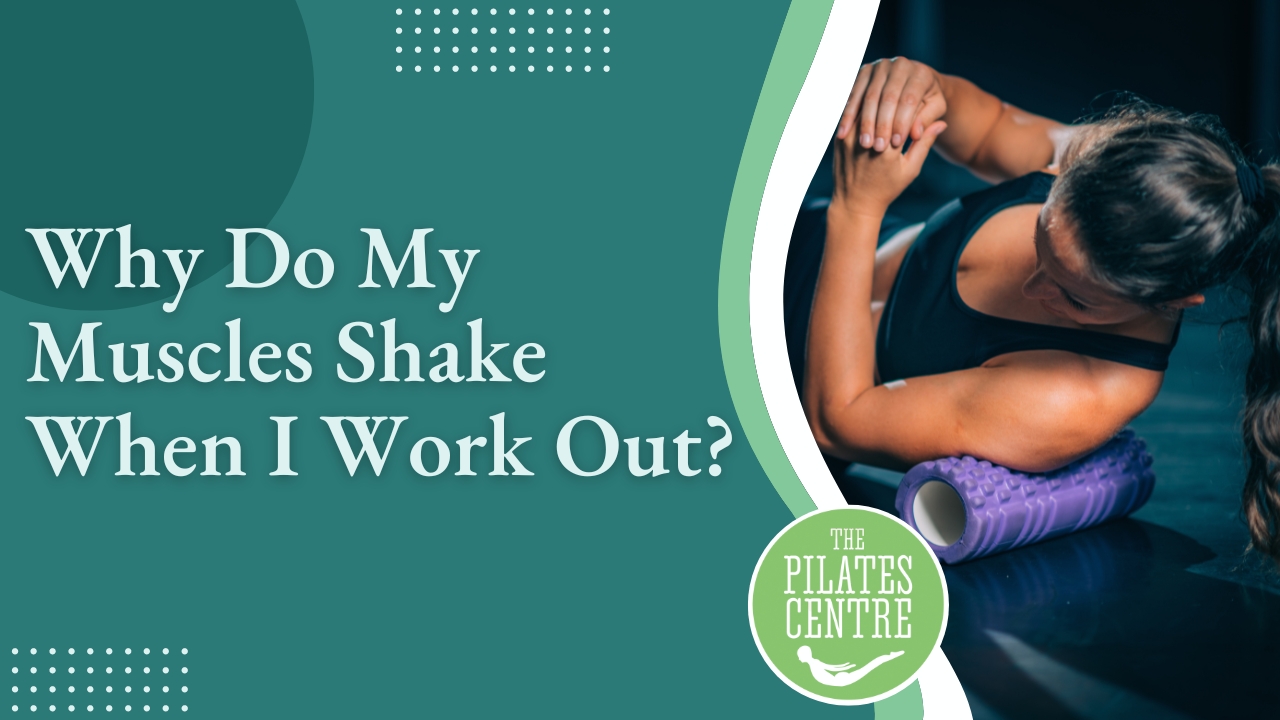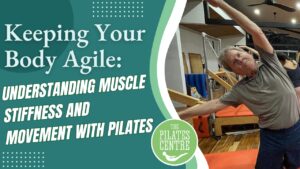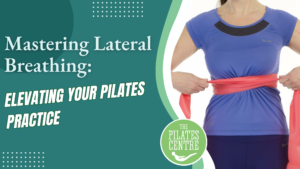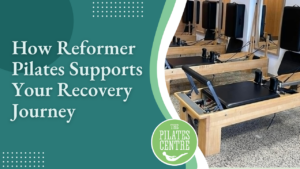Introduction:
Have you ever felt your muscles start to shake during a workout? Whether you’re holding a plank or performing squats, muscle shaking can be both surprising and concerning. However, this is usually a normal response, signaling that your muscles are being challenged. In this blog, we’ll explore the common reasons behind muscle shaking during exercise, and what you can do to reduce it while improving strength and stability.

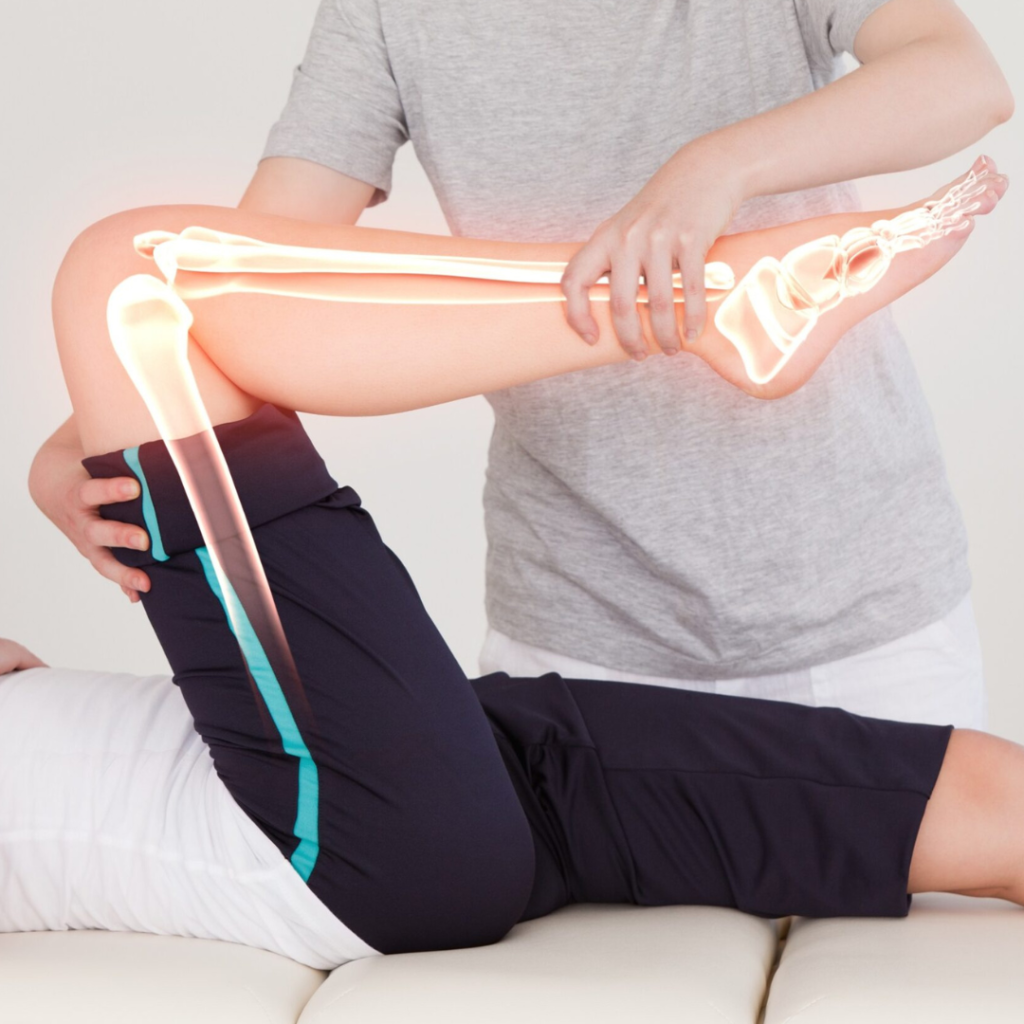
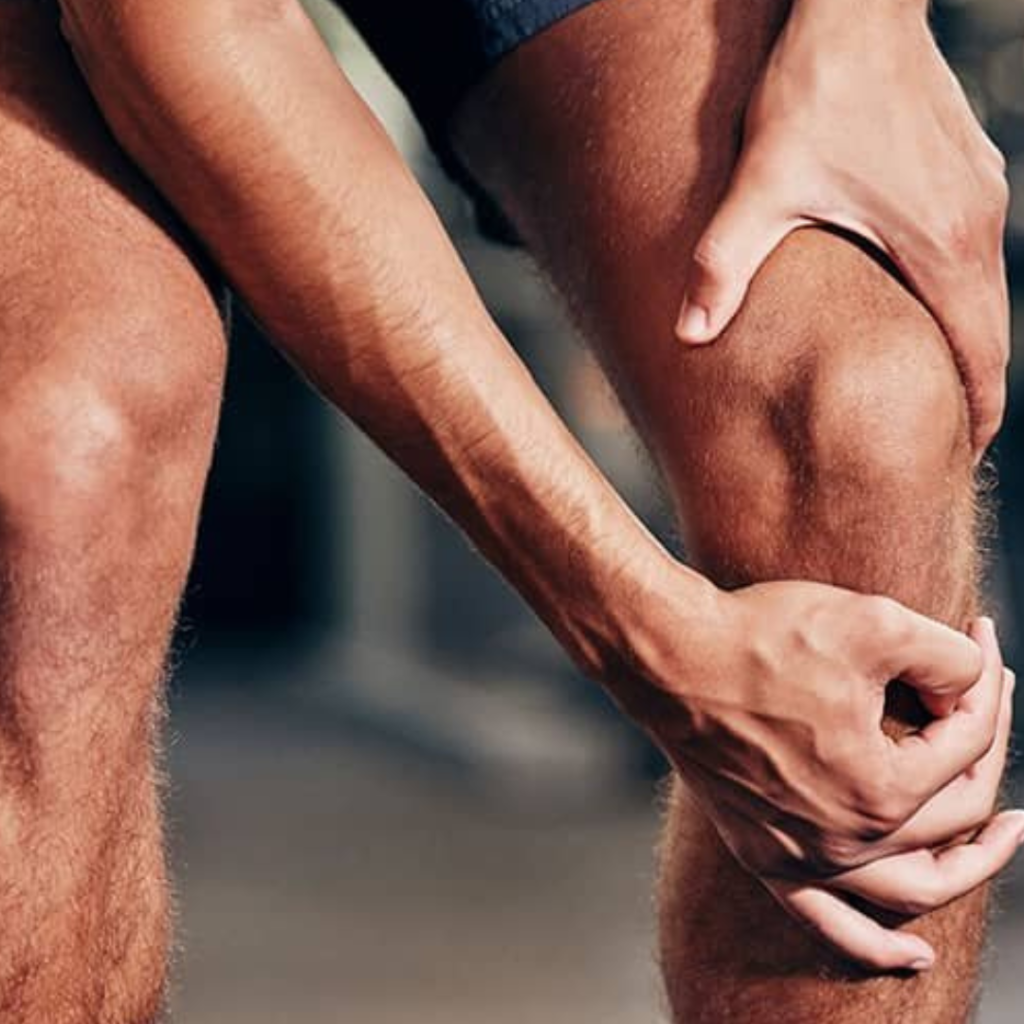
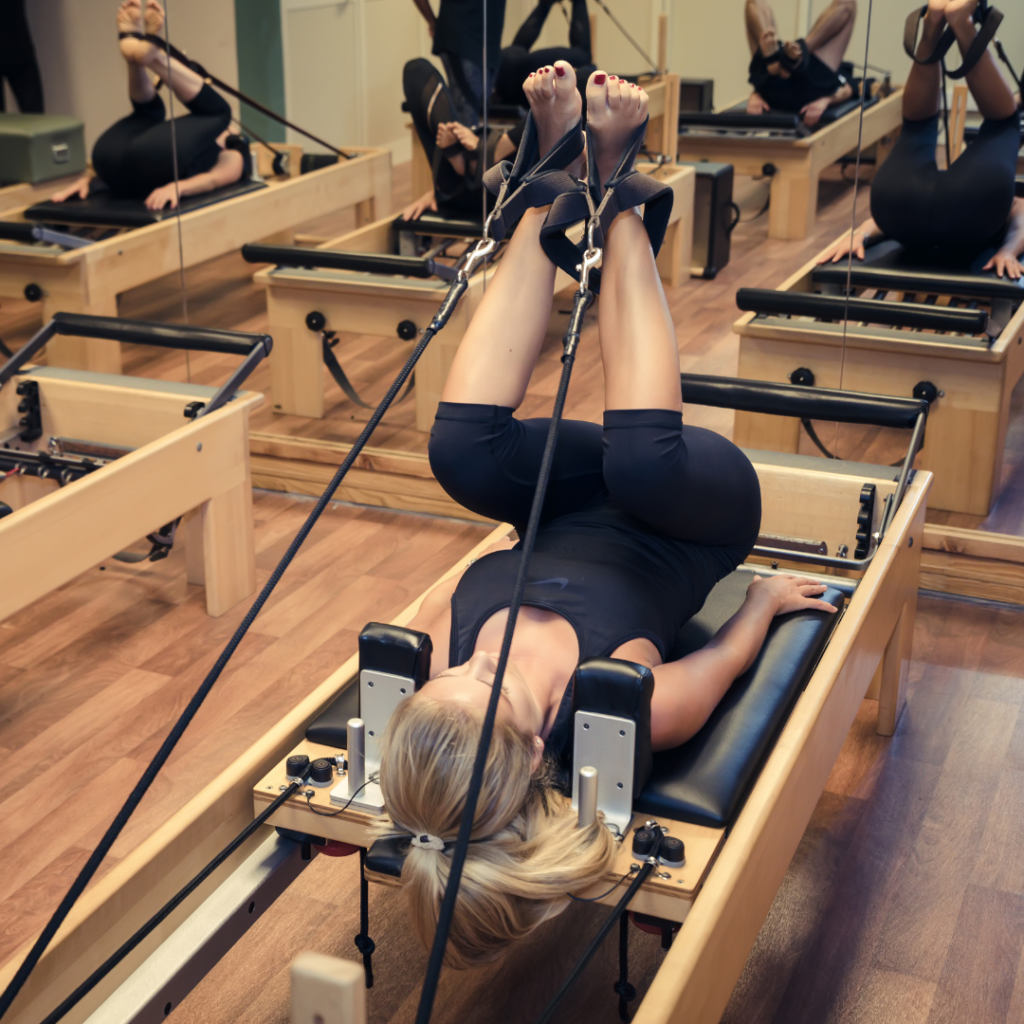
Localised Causes
1. Muscle Weakness or Fatigue
When stabilising muscles like the gluteus medius become tired, they may lose control, especially during the lowering phase of exercises. This fatigue often causes the muscles to tremble or shake.
2. Neuromuscular Control
As we age, the coordination between our brain and muscles can decline, leading to shaking, particularly in exercises that require fine motor control and balance.
3. Joint Instability
Shaking can also be due to instability in joints like the hip or pelvis, as the body struggles to stabilise itself during movement.
4. Overcompensation
If weaker muscles are struggling to perform an exercise, other muscle groups may overcompensate, which can lead to muscle shaking as they try to take on extra work.
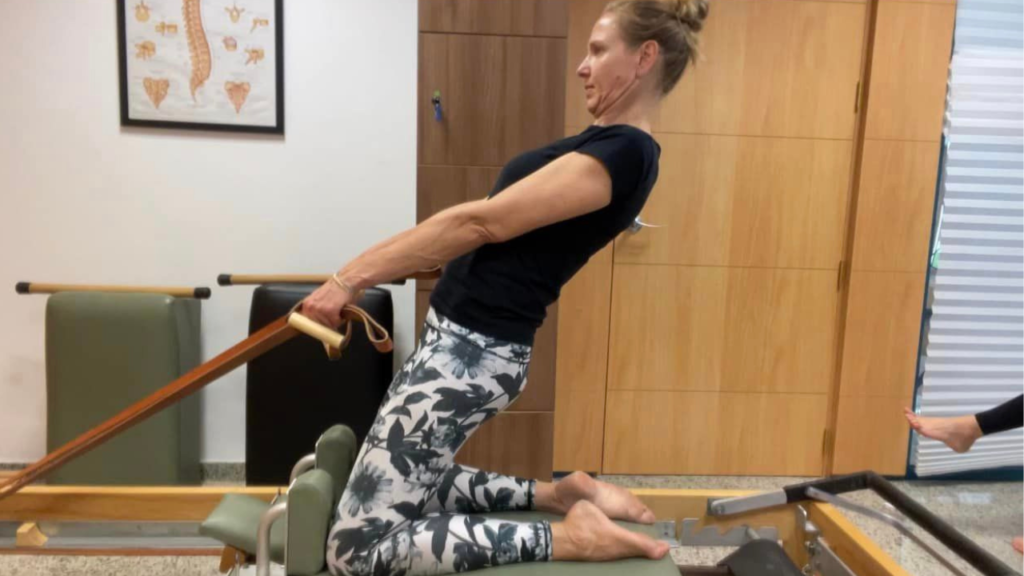
Systemic Causes
1. Age-Related Muscle Loss (Sarcopenia)
As muscle mass naturally decreases with age, you may notice reduced strength and endurance, which can cause shaking during challenging movements.
2. Nervous System Changes
With age, the nervous system’s efficiency may decrease, leading to slower nerve signals and reduced coordination, which can affect how well you control your muscles.
3. Electrolyte Imbalances
Imbalances in key nutrients like potassium and magnesium, often caused by dehydration or poor nutrition, can lead to muscle twitching or cramping during workouts.
4. Medications
Certain medications, especially those for blood pressure or cholesterol, can affect muscle function, leading to trembling or weakness.
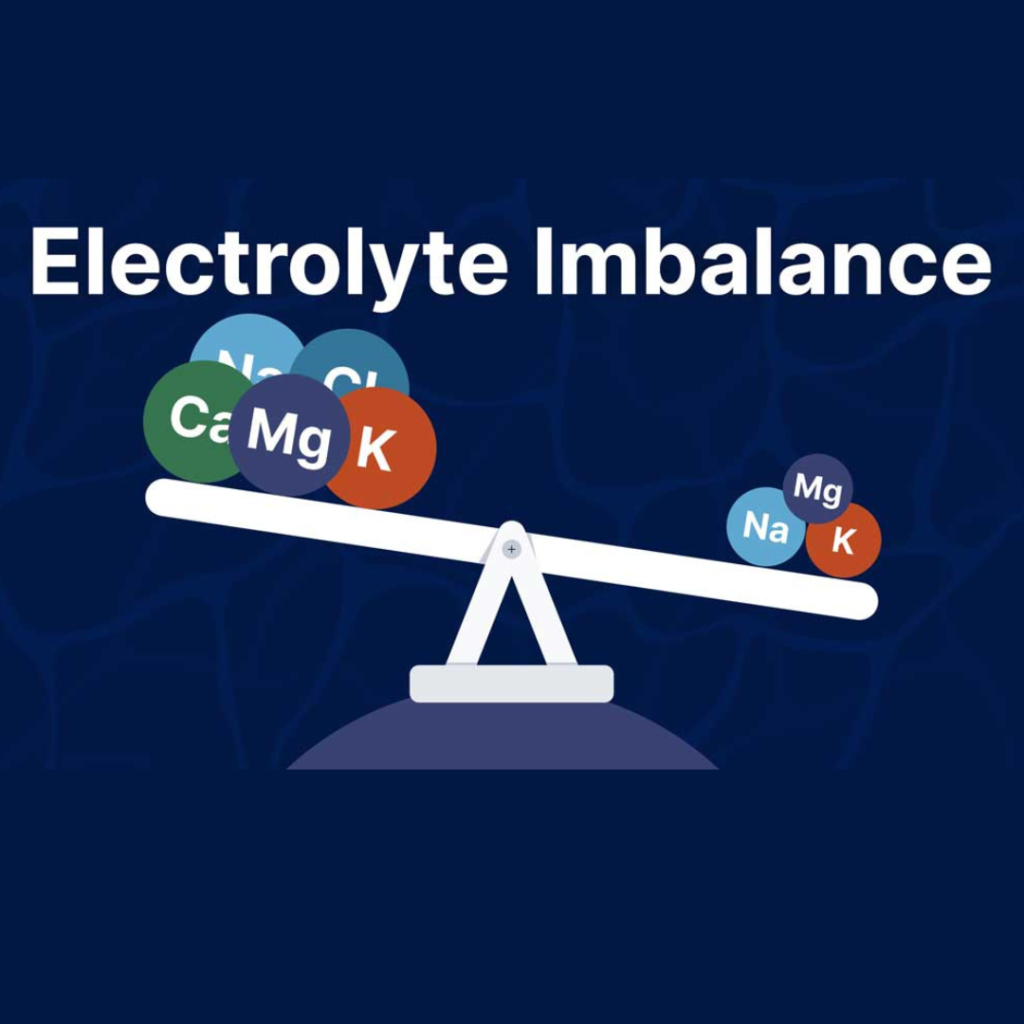

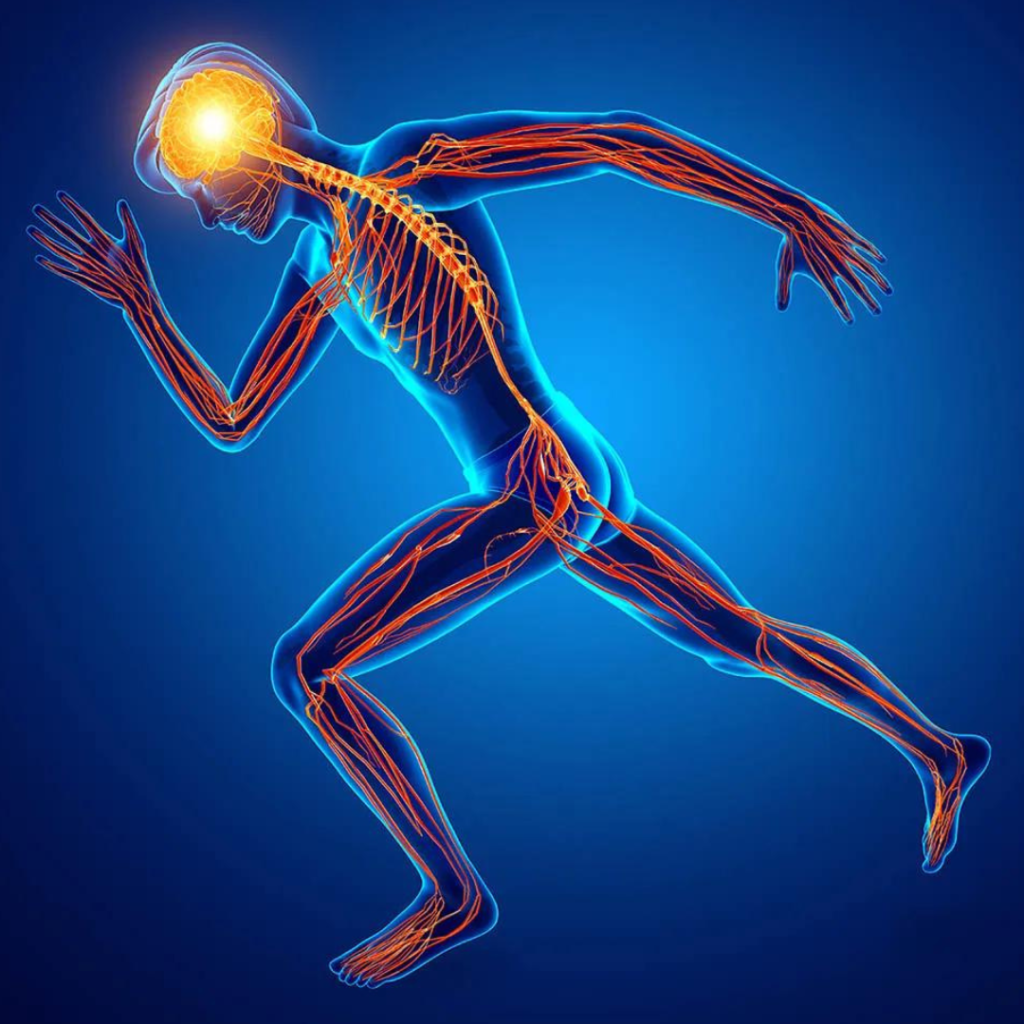
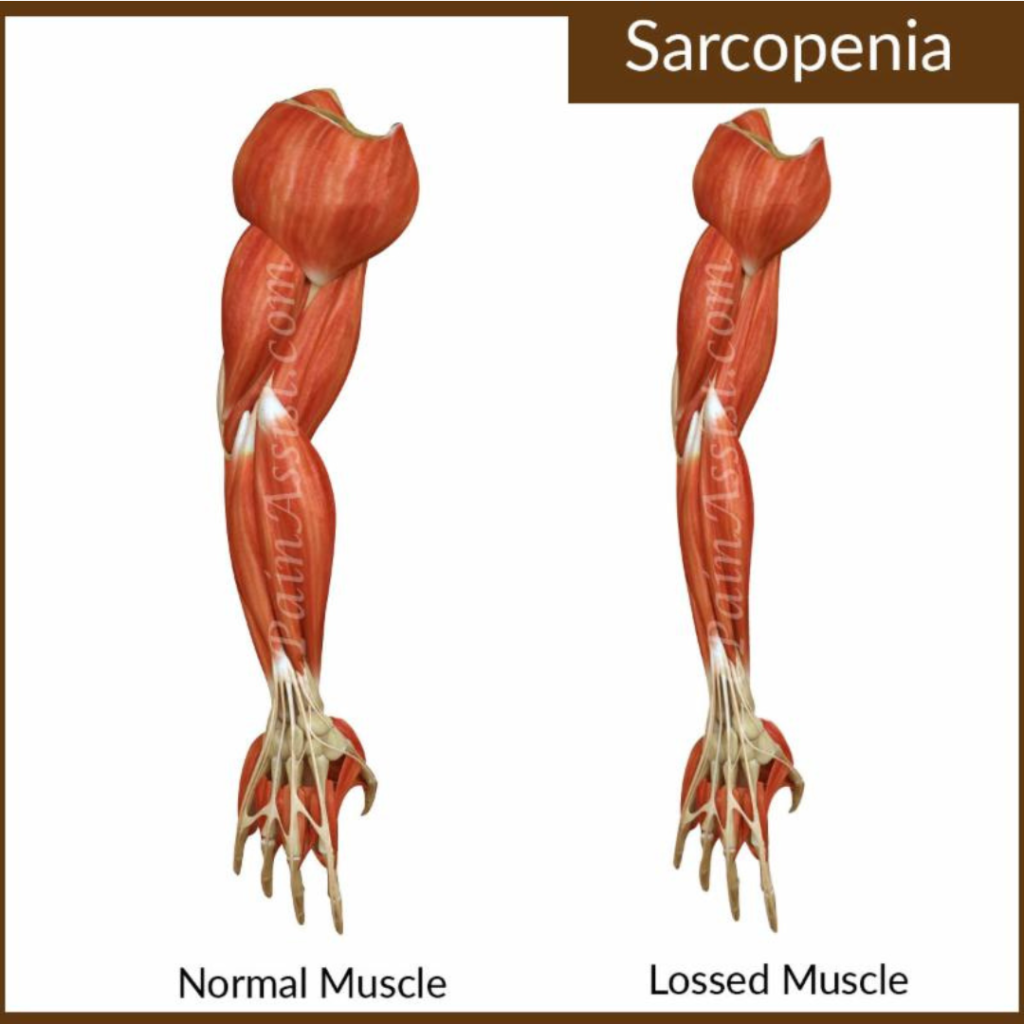
Conclusion:
Muscle shaking during workouts is usually a normal response that indicates your muscles are working hard, especially if you’re pushing them to their limits. By modifying your movements, strengthening stabilising muscles, and watching for signs of fatigue, you can reduce shaking and improve muscle control over time. It’s all part of building strength and achieving better results.
At the Pilates and Wellness Centre, we provide expert guidance to help you understand your body and maximise your workouts safely. If you have questions about your exercises or want personalised Pilates support, reach out to us at info@pilatescentre.es or call +34 610 30 60 05. We’re here to help you achieve your fitness goals with confidence and control.

John McCallum
is an esteemed, Fully Certified Comprehensive Classical Pilates Teacher and takes immense pride as the proprietor of the distinguished Pilates Centre located in Jalon, Spain. His remarkable journey in the realm of Pilates commenced back in 2006, a pivotal juncture when he confronted the diagnosis of three slipped discs in his lower back. Pilates emerged as a beacon of profound hope and rejuvenation in his life. Instead of succumbing to the prospect of surgical intervention, Pilates gracefully assumed the role of his lifeline.
This transformative experience impelled him to make a resolute decision that would reshape his life’s trajectory. Following his journey to become a Pilates Teacher, he passionately extended the benefits he had personally garnered to those in need. This also took him to travel to other countries to continue to learn and have a fuller understanding of the method.
Fueled by an unwavering passion for Pilates, he has forged a dynamic collaboration with a reputable research institution. This strategic alliance enables him to deliver precise and illuminating insights, fostering support and empowerment for individuals interested in the power of this method. His literary contributions have garnered distinction within an array of esteemed global publications.

